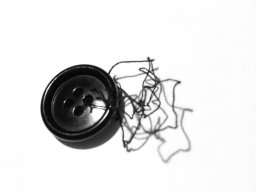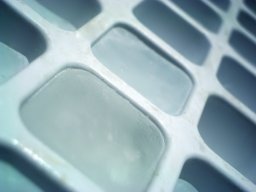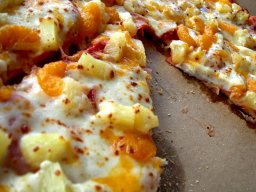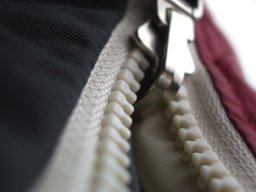Railway aerodynamics is thought to be important only for bullet trains.
Slower-moving engines and carriages would also benefit, however, in terms of fuel economy, from a less blunt profile to their rear ends in particular. The trouble is that operational flexibility requires that engines and carriages swap positions within a train: none can rely on always being at the trailing edge.

Today’s invention is an inflatable envelope (similar structurally to a rubber lifeboat).
This would be attached to both ends of every blunt railway vehicle leaving a door-shaped aperture to allow normal traffic between compartments or, in the case of engines, forward vision via the windows.
When not on the end of a train, the envelope would partly occupy the air gap between any two items of rolling stock. On sensing that it was on a last carriage or engine, it would inflate using compressed air and provide that vehicle with a smoothly tapering rear geometry. This would greatly lessen the form drag and therefore the running costs.
A version of this could also be developed to smooth off the running gear which, on most trains, is exposed and anything but streamlined.










